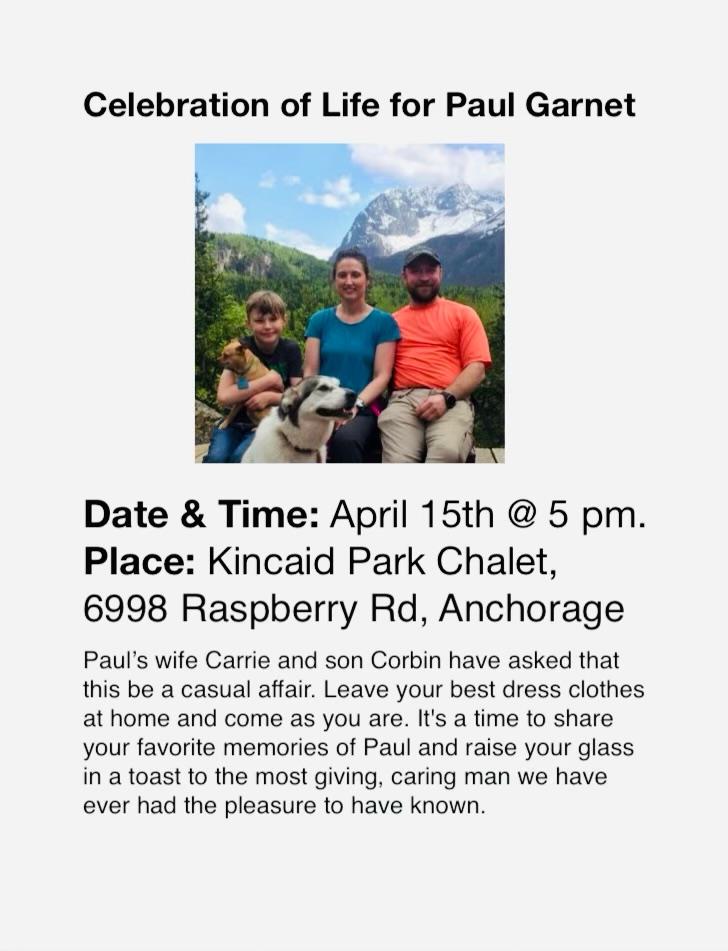Forum Replies Created
-
AuthorPosts
-
June 23, 2025 at 10:15 AM in reply to: Work Parts: Pond Clean Up, Pre-July 4th Party, Sunday 29 June, 9am #22332
<p style=”text-align: center;”>Thank you Steve for the work you have been doing up at the pond!</p>
Thank you Dan for the heads up on the nprm.
My initial read on it had me looking at the class D shelf over redlands meaning flights to the brewery would have to go a mile or more east or south of the brewery staying above 3700′ msl and then descending to below 2600′ msl and using the last 1000′ agl to go under the class D shelf to the brewery.
But I was then far more interested in the proposed class E extension where they were replacing class G with E to surface. I believe such a designation would make it illegal for part 103 operations.
When I plugged in the points outlining the class E to surface, it showed a large area making flights to the dam or brewery within the surface E airspace.
Someone please double check my interpretation of class E to surface (part 103) and the proposed boundary in the nprm.
For reference, the little black x in the first image is roughly “the dam”. The blue line is the lateral boundary of the surface E. The second image is from part 103.
I wonder too how often the “surface E” would be active. Always?
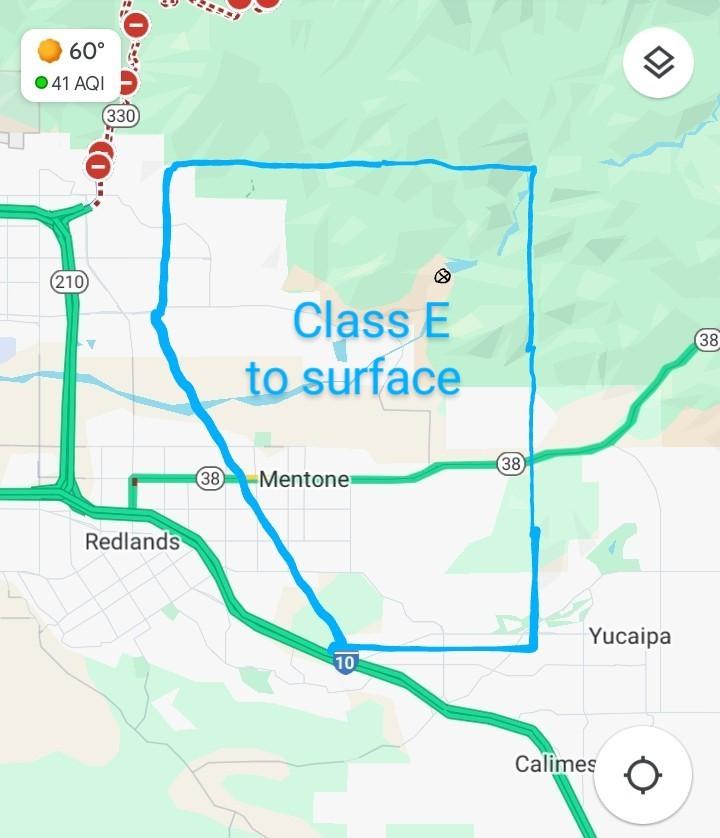
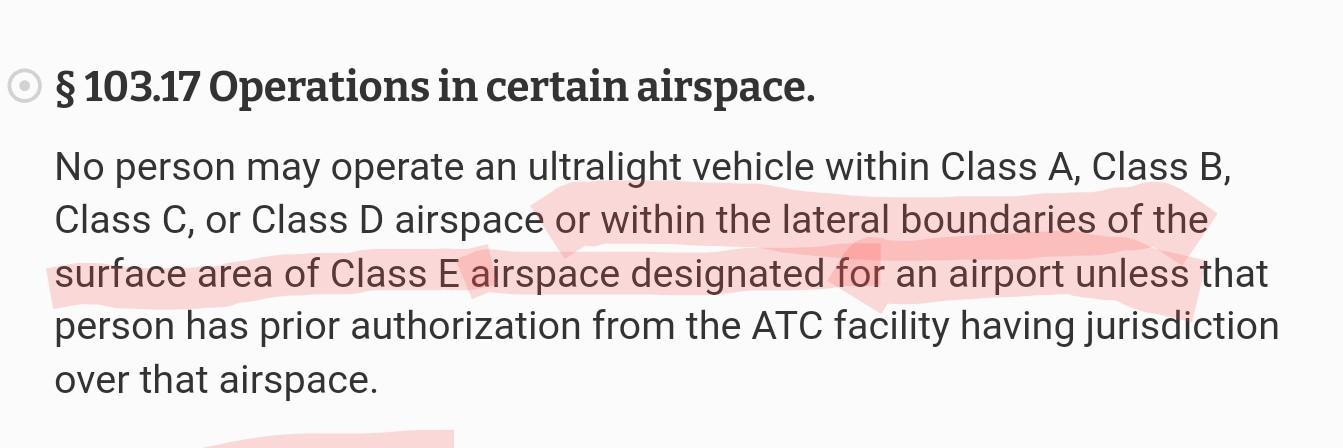
Averill’s daughter Jen and I have talked about her dad’s passing. She has asked me to post the following:
We mourn the passing and celebrate the extraordinary life of our longtime friend and pilot, Averill J. Strasser. Since 1981 when he purchased his first glider, flying remained one of the most important and lasting passions in his life. He spent nearly every flyable weekend for decades taking off (and/or watching windsocks and weather) from one of the launch areas in the mountains of the greater Los Angeles area. He served the local soaring society for many years as a pro bono attorney, and for the last 25-30 years, he called Crestline, CA his home. He thoroughly embraced mountain living and the opportunity to be ready to fly at a moment’s notice after retirement.
Averill was a noted humanitarian, Peace Corps volunteer, civil and mechanical engineer, Beverly Hills attorney, author/instructor in trading, and even a gymnast. Nearly 20 years ago he co-founded Water Charity with his son and ran the organization day-to-day to successfully bring clean water and sanitation to more than 85 countries around the world with appropriate technology and local engagement. An avid runner, swimmer, skier, rock climber, pickleball player, ham radio operator, guitar and saxophone player… Averill J. Strasser loved life, learning, fitness, and making this world a better place. Taken too soon, he is survived by his two children Jason Strasser and Jennifer Strasser McIntosh. His celebration of life will be in Lake Arrowhead, CA on October 27th. Close friends should RSVP for the private event, but the memorial concert is free to all beginning around 2:30pm. Join us in honoring a truly incredible human being!
Thank you Len. This gift is the greatest act of generosity and benevolence I have seen in my 50 years in the sport. Its scope and impact on the future security of the Andy Jackson Airpark is breathtaking.
Humbly, I thank you for your faith in the current, and the many future board members of the Len Szafaryn Free Flight Conservancy to protect the Andy Jackson Airpark in perpetuity.
Rob McKenzie
I think it was about 2006 when we got Gracie (named as a mix of gratitude and grease). The Foundation for Free Flight did split the cost with the club and they asked me to report with a written article. Here is a link to what I wrote. Included is a story on getting in way over my head at a heavy equipment auction. When you have a spare 15 minutes, it’s a good story.
When I taught HG at the 20′ sand dune at Pepper Ave (1980-1999) I saw a positive benefit when a student failed to hook in. Yes they were explained the values of a hang check, and picking up the glider high enough to feel leg straps. But soon the flights were seeming easier with fast reflights and a student might start getting complacent as their confidence grew.
I might even provide distractions to see if I could lead the student into a fail to hook in just to make a point about distractions. It wasn’t dangerous as it usually only resulted in jogging down the hill with basetube rising to chest height. I could tell a student 100 times that failure to hookin is a real and dangerous possibility but them actually doing it was a better learning experience than being told the 100 times.
One day a student failed to hookin after having done at least 20 very nice flights on this sand dune. He walked back up and asked “what happened, why didn’t it fly?”. He didn’t realize he wasn’t connected. I responded “you need to have a very loose grip on the glider like perhaps just a thumb and index finger”, hoping the glider might rise up and leave his hold on it. He ran unconnected again and even a third time still not realizing he isn’t connected. I recall it was his 4th flight when he picked up the glider he suddenly realized he hasn’t been connected the 3 prior runs.
I remember that I had a growing curiosity as to how long it might take for the student to realize that he wasn’t connecting. I was concerned that there was a disconnect in the thought process and not just the hang loop. I recall the personal dilemma. I prefer a student to develop thinking skills and not just be spoon fed everything. But sheesh, when he would jog down the dune with thumb and index finger holding the base tube 18″ above his head and he still isn’t figuring out that he’s not hooked in? I think I said after his third flight that he needs an even looser grip even if it means the glider flies away on its own. 30 seconds later (4th flight) was when he suddenly realized what was happening.
Thanks for the memories Pat. Yes that was a fun time when Steve and Don worked together at the emporium. Although the school had a nick name “crash snd burns” (from their names) they were very professional and an asset to the local flying scene.
I remember “crash” writing an article about the tumble. It was titled “Chute First Ask Questions Later”.
The emporium building fell to disrepair in the 4 decades since the early 80s. Sierra Way just north of 40th.
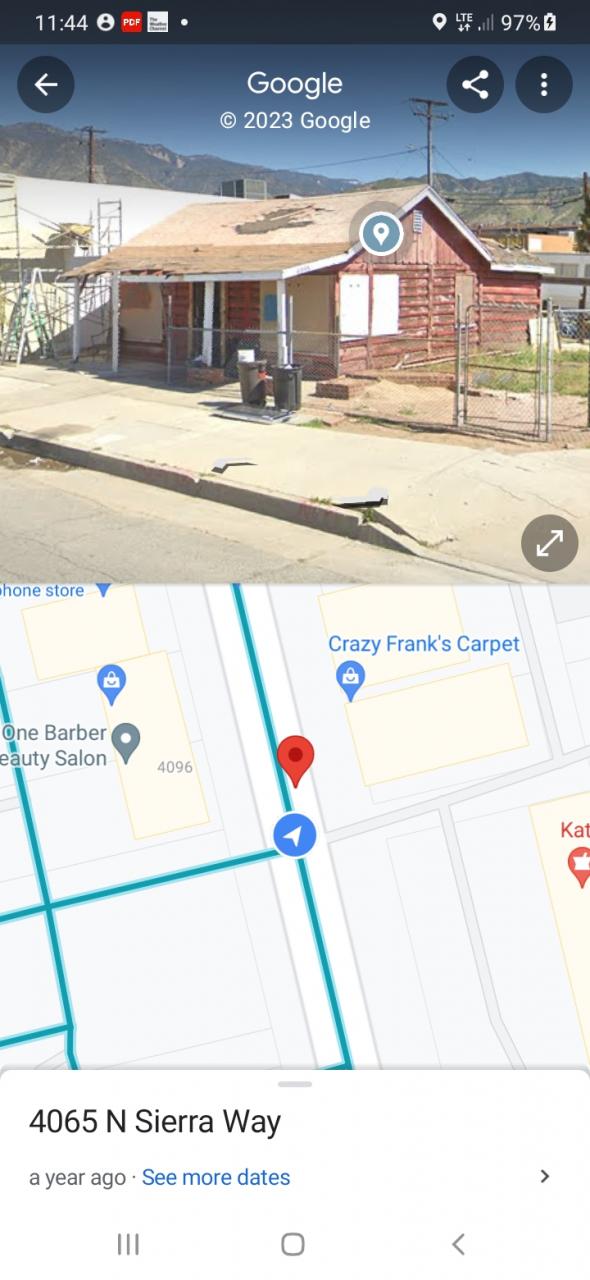
Thank you Ken, Mario, Tim.
My heart breaks as I think of Steve. But I am so very grateful to have had him as a close friend all these years.
Fly high and far dear friend.
The tracklog link provided quite a ride. Congrats on an incredible flight Owen.
Thanks for the report Dan.
Ya. Bad combo of inability to access the reserve, and launching with a line over. But luck intervened.
Is the forest service unaware that the css has had a special use permit for the Crestline launch since 1982? Wouldn’t that qualify css members launch access to that launch?
Oh. And if the ranch was sold, I suspect the new owners would require the club tractor, it’s fuel trailer, the shuttle vans and the 4by4 rangers all be parked at the LZ leaving them far more vulnerable to theft and vandalism.
Before the ranch was purchased, the LZ was mostly low scrub brush with a small carpeted area for folding wings near the shade structure. AND,
There was no hang gliding training hill other than off the SW corner of the LZ because the private ranch property precluded the NE training hill option.
The ranch property had a fence surrounding their property line and trees were on the south side which made the LZ effectively smaller. Approach airspace was much tighter.
Any and all water at the LZ (drinking washing etc) was brought in usually in 5 gallon jugs.
Electricity was whatever a couple of 100 w solar panels could provide.
No pond at which to treat family members.
No wifi.
No 350 launch.
I recommend that when the CSS is evaluating “costs”, they get input from the current ranch owners. I believe that the fixed cost of the ranch is greater than what income is just from the rental unit. Without the payments from the CSS the ranch would be operating at a loss. So why wouldn’t the ranch in that case, sell to stop the bleeding? I know that I would sell.
When grass is the covering, the dusty winds deposit particles onto the grass, raising its level by perhaps an inch every couple or three years. When we had partial grass coverage it was obvious this was happening by seeing the “step” along the grass perimeters. This tells me that an artificial turf will also continually receive 1/4″ to 1/2″ of dirt every year. The turf will not be growing up through thus coverage so the debris must either must be removed or we live with a dirt covered turf.
Decisions have consequences.
Paul comes back from Alaska years later to visit his old flying site at the new LZ.
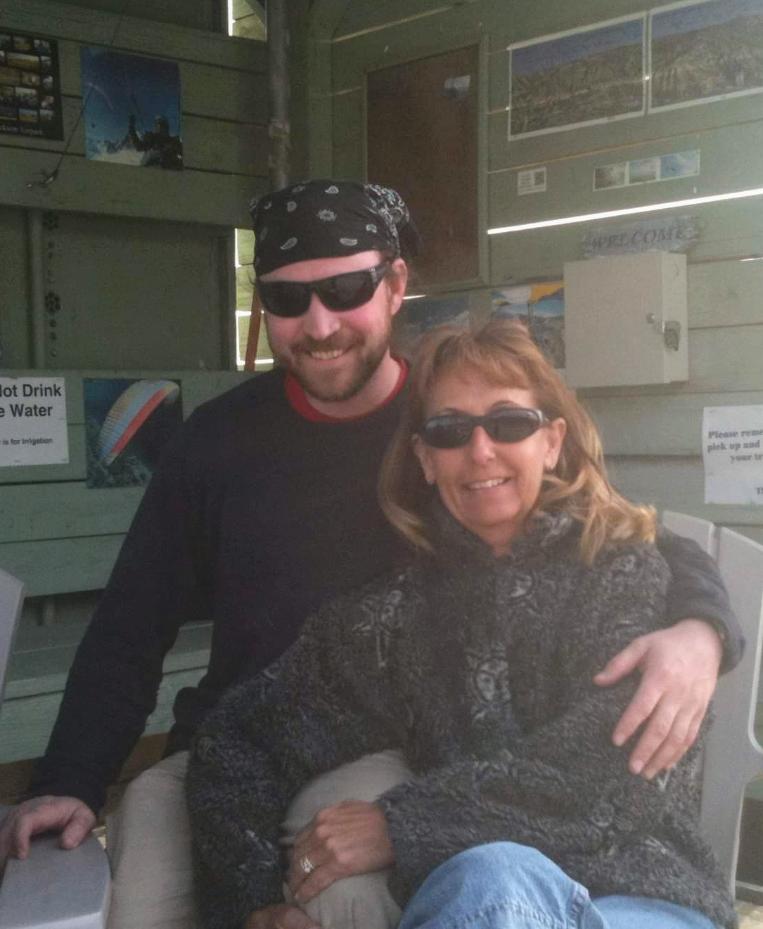
-
AuthorPosts
